Dallas
214-456-2382
Fax: 214-456-6133
Plano
469-303-4400
Fax: 469-303-4450
Ependymoma is the fourth most common type of childhood brain tumor, usually diagnosed around age three or four. The tumor can show up in your child’s brain or spine. Children’s Health is home to a pediatric brain tumor team made up of top neurosurgeons, neurooncologists and radiation oncologists. Our nationally recognized experts use a team approach to develop a customized treatment plan that gives your child the best opportunity for a good outcome.
Ependymomas form from cells in the brain or spinal cord. About 5% of pediatric brain tumors are ependymomas.
A rare, slow-growing type of ependymoma that’s typically found on the ventricles (hollow part or cavity) of the brain and the spinal cord.
A faster-growing type of ependymoma that’s typically found in the brain.
This ependymoma occurs when cells in the central nervous system (including spinal cord and brain) start to multiply very quickly. This tumor is characterized by its unique shape.
Considered a benign, slow-growing tumor, this ependymoma tends to happen in the lower part of the spinal column.
Common symptoms of this condition include:
Typically, the first step in diagnosis is getting an MRI. This takes pictures of the brain and can reveal a tumor or mass in the brain or spine.
Like most types of cancer, scientists are still learning what causes ependymoma. Some kids may have a rare genetic condition called neurofibromatosis Type 2, which puts them at a greater risk of developing an ependymoma.
After getting results back from the MRI, we will refer your child to a neurosurgeon on our team for surgery to remove the tumor. The goal of surgery is to safely remove as much of the tumor as possible and to confirm the diagnosis. Then, our team of cancer doctors will work together to create a care plan for your child, which often starts with radiation therapy (six weeks), followed by chemotherapy (12 weeks).
At Children’s Health℠, a pediatric brain tumor team comprised of hematologists, neurosurgeons, neurooncologists and radiation oncologists is ready to help your child. Our doctors are also on the UT Southwestern faculty, placing them among the nation’s top experts in pediatric cancer. They will work together to develop the best possible treatment plan for your child.
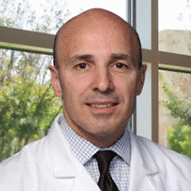
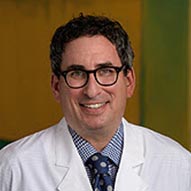


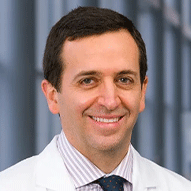


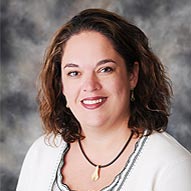



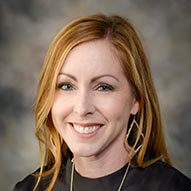








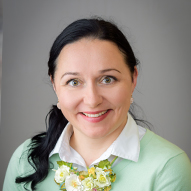

The survival rate for ependymoma is about 80%.
Not only can ependymoma be cured, we expect that children will have long, fulfilling lives after treatment.
Ependymoma tumors are hereditary only in very rare cases.